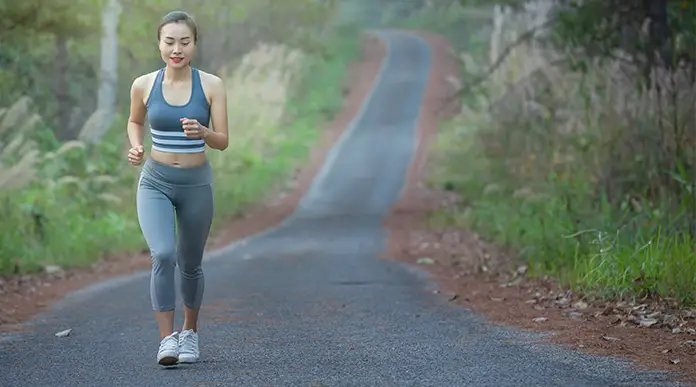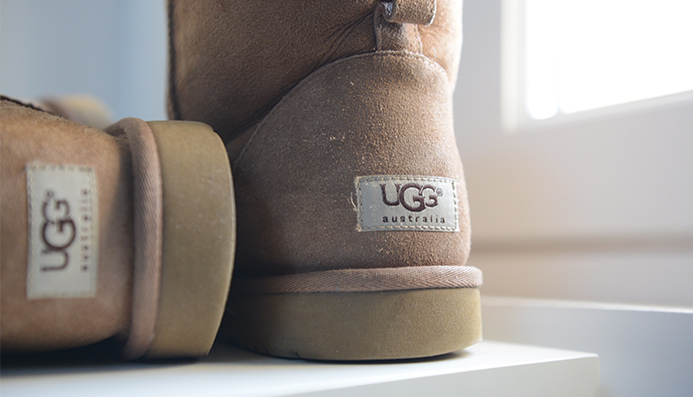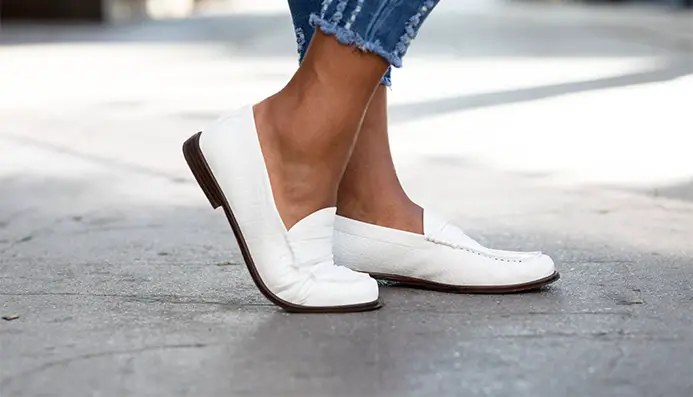Everyone has areas where people feel the most fat stored. For some, it is difficult to lose the fat on the face, belly, and others thighs.
Thigh fat is most of the common problems of many women. Everything from wearing a skirt to jeans, we know how embarrassing it may go with loose and large legs. We all dream of having toned and slim thighs. But one thing your gym trainers must have told you that you can’t spot reduce. Targeting one specific area for fat reduction is a bit more difficult but possible.
Every exercise that you choose should aim for that muscles. The one important among all the exercises is running. Running is purely with leg muscles. Running is cardio that provides you multiple benefits to your body if you do it efficiently.
Here’s a basic guideline that shows how does running reduce thigh fat?
Does running reduce thigh fat?
Yes, running helps a lot to reduce thigh fat because any time you run you burn calories. Among other benefits of running the one that is important is that it utilizes a large number of muscle groups in the body, specifically the thighs, buttocks, and abs.
If you are an avid runner you are more acquainted with using thigh muscles that in itself increases the performance by toning your muscles.
How does running burn fat around thighs?
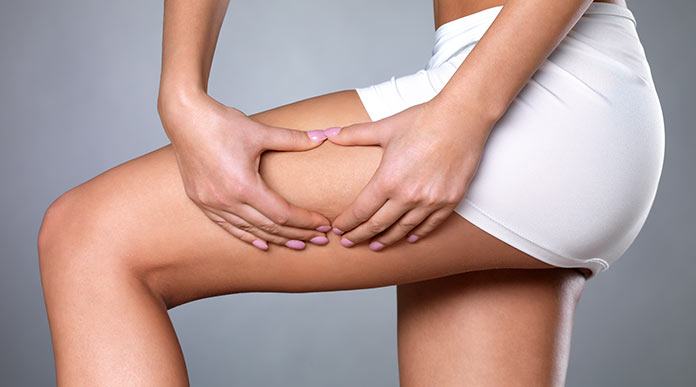
While running is a form of cardiovascular workout, here are the primary muscle groups that work together when you run.
Quads
A group of four muscles at the front of your thigh. While running these muscles extend the knee while you move forward.
Hamstrings
These muscles are at the back of the thigh. You activate your hamstrings each time to push off the ground for running.
Hip flexors
Your hip flexors are above your thighs at the front. These muscles work for the stability of pelvic and spinal bones.
Glutes
Your glutes are the important muscles in your buttocks. Every activity is involved around the glutes. When you sit, walk or run.
The reason you need to understand these muscles is because they are not working well when you have long sitting hours or no activity. The leg metabolism slows down and the fat that is not properly used is stored in these areas.
Whenever you run you build these muscles. Ever observed the best runners either long distance or short distance, their legs and the most important thighs are the strongest. And in order to time up fleshy thighs, you need to run and run.
Running uses your glutes, quadriceps, hamstring, and calves constantly, meaning that your leg muscles are working and this will cause them to develop making them strong and tight. And anything that engage work your leg muscles you will burn a massive amount of calorie. And the legs are a large portion of the body, working and building them will not only burn the fat but also it targets all the fat deposit in the body.
The primary aim of running is to activate your resting muscles to workout. Focusing on the muscles in the thigh you can put workload by running at different pace or roads.
Know more: Floor Exercises for Glutes
Can 30 minutes running burn thigh fat and love handle?
While you are focused on reducing thigh fat with running you have to run beyond the normal level for effective results.
If we see a normal man routine 30 minutes is just a warm-up for them. To effectively lose weight you need to run for 60 to 90 minutes every day.
You only come into fat burning zone when you work continuously for more than an hour. This is easier than you can think of. Make sure you won’t run too fast otherwise it will cause you fatigue. Run at a constant rate for longer distances.
Thigh fat is burned more quickly when your body raises its metabolism. And this is can be possible with a diet that is rich in nutrition. On running muscles burn your fat, and doing squats will make it easier.
So if you are serious about reducing thigh fat, run for at least 60 minutes a day.
How many km to run everyday?
Let’s take it this way, there are around 3000 calories in a pound of fat. Running 1 mile can burn around 800-100 calories. And if you run 4 miles or around 6 km you burn 400-500 calories. Run for at least 6 to 8 km every day to engage the leg muscles.
Do you know how many steps can you cover in a Km?
Your ultimate goal is not only to burn calories but to make your thigh muscles exercise.
High-intensity runs like jill repeats or interval runs can burn large amounts of calories even after the workout.
If running is your only goal, you might choose to engage in slower, longer runs or faster, shorter runs. Every type having its own function. But which one is the most effective that meets your goals?
-
Run Far
Long runs are runs at a constant pace i. e performing steady-start cardio. Long runs are beneficial for overall fitness and shape. By burning fewer calories per minute the workout done for a longer time adds up to more calories. Although it is a slower approach to fat burning but it a better start to build endurance and increase speed each day.
-
Run fast
High intensity running like sprint levels are great for fat burning and after fat burning too. But don’t just limit yourself to one type of running. Switch between high and low, slow and fast, far and near distances to accelerate the process of fat burning on thighs.
Check for: Exercises to Avoid With Knee Pain
Running techniques that exclusively work on thighs
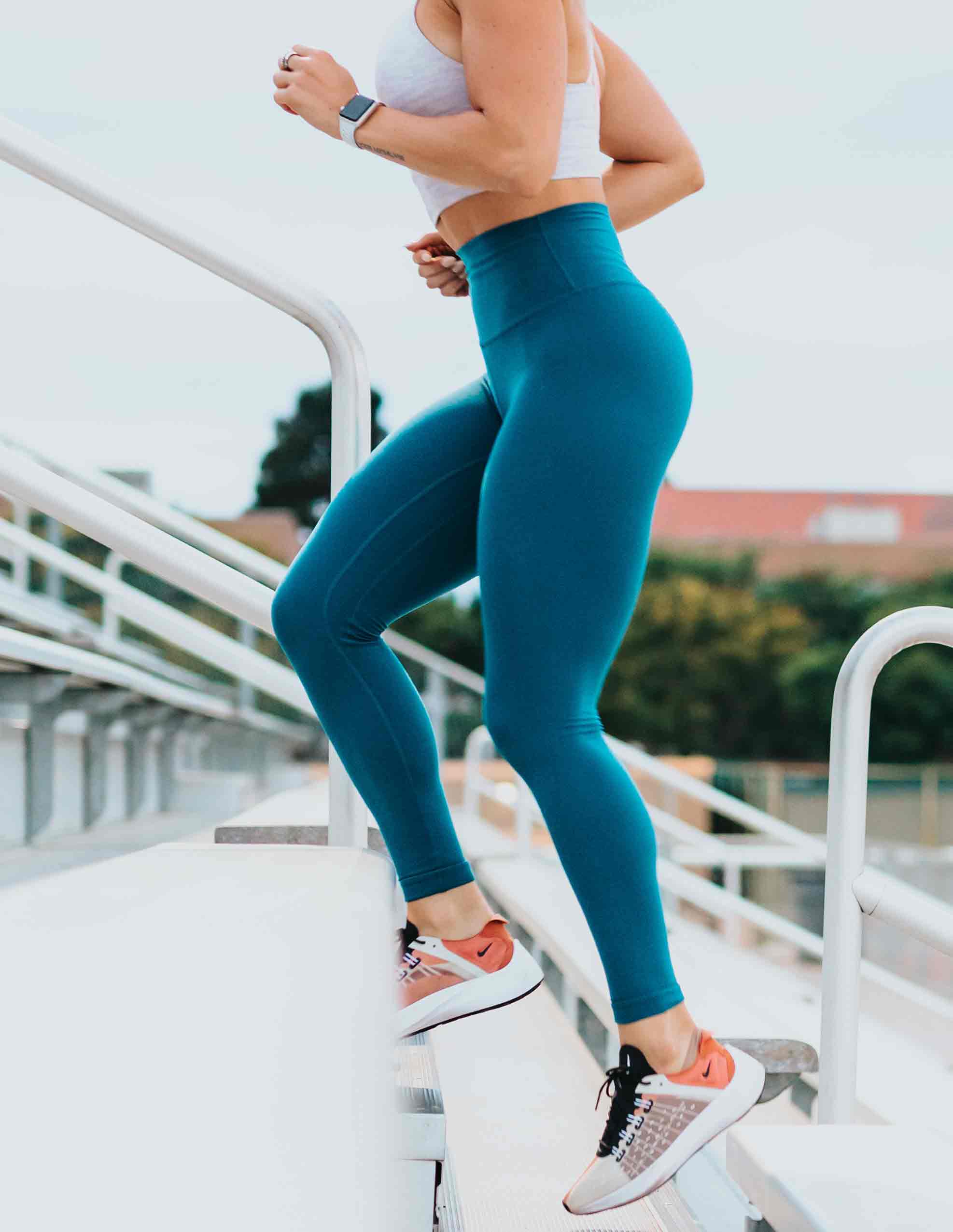
Any type of exercise that you perform to burn fat is not reliant on only one thing. Variations at different levels need to be added to get better results. Whenever you are running just follow these techniques to achieve a long-lasting impact.
Must read: Yoga Stretches Before Running
-
Run regularly
Running will naturally strengthens the quadriceps and adequately develops these muscles. Start running for 4 to 5 times a week, even if you start with shorter distances and time. For 3-4 weeks continue running at this pace only. This is your first stage of running. In this phase, the body is to tined up to the next fitness level.
-
Mix up your running
At a beginner level, your body quickly adapts to this same training. Over time the fat-burning speed will decrease. To avoid this you need to mix up your running with other exercises. Include squats, knee lunges, squat jumps, calf raises, and glute bridges. All these exercises target your glutes and thigh muscles.
-
Increase your intensities
Whenever you feel like it is getting easy for you. Immediately change your intensity. Run fast and faster. Also a high-intensity interval training uses a lot of energy. This is a good way of increasing the fat burning mechanism on days you feel more full. Also, intensity workouts have an afterburn effect during your recovery phase. Also, don’t be too fast on reducing thigh fat that the body gets no time to recover. So you should do only one per week.
-
Take breaks
In the case of a high-intensity workout, you need time to recover. Your body needs to adapt to different levels of training and need rest for at least one full day. Make sure to get enough sleep and proper rest without any exercise one day per week.

